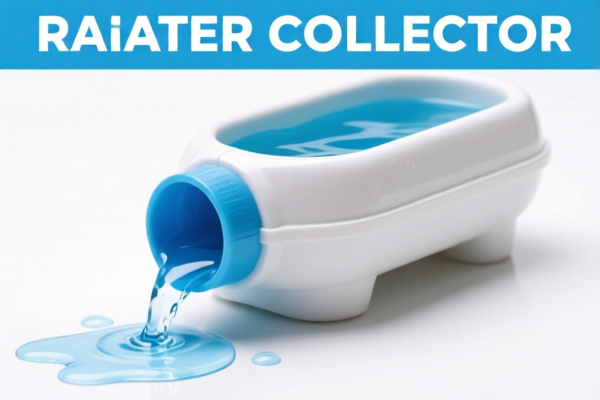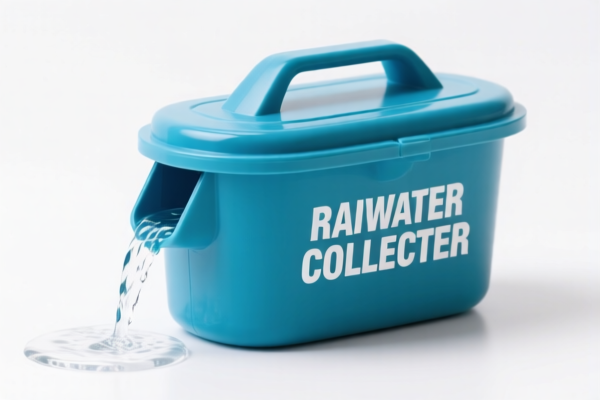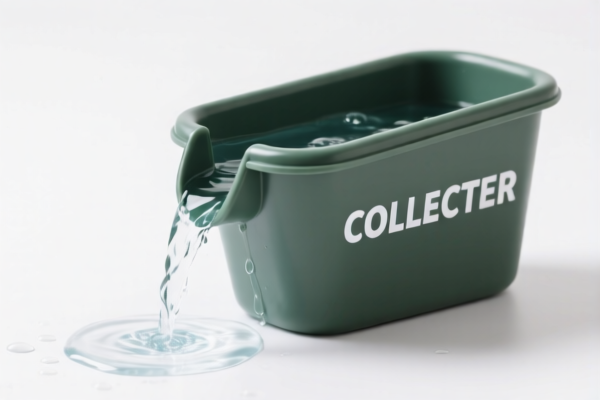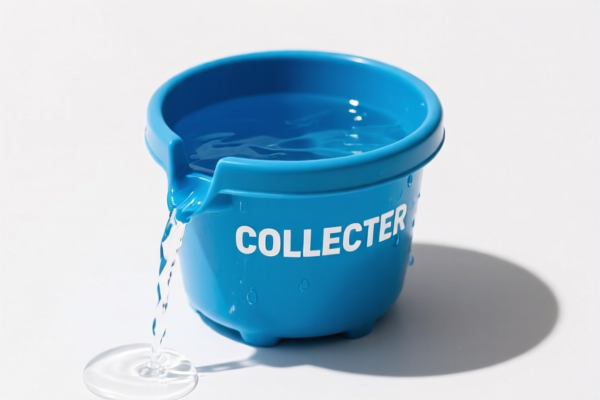| HS Code | Official Doc | Tariff Rate | Origin | Destination | Effective Date |
|---|---|---|---|---|---|
| 8479899599 | Doc | 57.5% | CN | US | 2025-05-12 |
| 7310100005 | Doc | 80.0% | CN | US | 2025-05-12 |
| 7310100015 | Doc | 80.0% | CN | US | 2025-05-12 |
| 7309000090 | Doc | 80.0% | CN | US | 2025-05-12 |
| 3925100000 | Doc | 61.3% | CN | US | 2025-05-12 |
| 6909900000 | Doc | 59.0% | CN | US | 2025-05-12 |




Okay, let's break down the HS codes and tax implications for your "RAINWATER COLLECTOR" declaration. Here's a structured analysis to help you understand the classification and potential costs.
Understanding HS Codes: A Quick Primer
HS codes (Harmonized System codes) are internationally standardized product codes. The first 6 digits are generally consistent worldwide, while additional digits can vary by country. Here's what the digits typically represent:
- Chapter (First 2 digits): Broad category of goods.
- Heading (Next 2 digits): More specific grouping within the chapter.
- Subheading (Next 2 digits): Even more detailed classification.
- Further subdivisions (Remaining digits): Specific product details.
Analysis of Your HS Codes
Here's a breakdown of each code you provided, along with potential considerations:
-
8479.89.95.99 – Machines and mechanical appliances having individual functions, not specified or included elsewhere in this chapter; parts thereof: Other machines and mechanical appliances: Other: Other
- Chapter 84: Nuclear reactors, boilers, machinery and mechanical appliances; parts thereof.
- Heading 8479: Machines and mechanical appliances having individual functions, not specified or included elsewhere in this chapter.
- Subheading 8479.89: Other machines and mechanical appliances.
- Further Subdivision 8479.89.95.99: This is a very broad "catch-all" category. It's crucial to ensure this is the most accurate code. If your rainwater collector has specific mechanical functions (e.g., a pump, filtration system, automated controls), a more precise code might exist.
- Tax: 2.5% Base Tariff + 0.0% Additional Tariff. Total 57.5%. Important Note: A 30% additional tariff applies to steel and aluminum products starting April 2, 2025. This could significantly increase your costs if your product contains these materials.
-
7310.10.00.05 – Tanks, casks, drums, cans, boxes and similar containers, for any material (other than compressed or liquefied gas), of iron or steel, of a capacity not exceeding
300 liters , whether or not lined or heat insulated, but not fitted with mechanical or thermal equipment: Of a capacity of50 liters or more Refillable stainless steel kegs, whether or not pressurized, of a kind described in statistical note 1 to this chapter.- Chapter 73: Iron or steel articles.
- Heading 7310: Tanks, casks, drums, cans, boxes and similar containers.
- Subheading 7310.10: Of iron or steel, of a capacity not exceeding 300 liters.
- Further Subdivision 7310.10.00.05: Specifically for stainless steel kegs.
- Tax: 0.0% Base Tariff + 25.0% Additional Tariff. Total 80.0%. Important Note: A 30% additional tariff applies to steel and aluminum products starting April 2, 2025.
-
7310.10.00.15 – Tanks, casks, drums, cans, boxes and similar containers, for any material (other than compressed or liquefied gas), of iron or steel, of a capacity not exceeding
300 liters , whether or not lined or heat insulated, but not fitted with mechanical or thermal equipment: Of a capacity of50 liters or more Empty steel drums and barrels- Chapter 73: Iron or steel articles.
- Heading 7310: Tanks, casks, drums, cans, boxes and similar containers.
- Subheading 7310.10: Of iron or steel, of a capacity not exceeding 300 liters.
- Further Subdivision 7310.10.00.15: Specifically for empty steel drums and barrels.
- Tax: 0.0% Base Tariff + 25.0% Additional Tariff. Total 80.0%. Important Note: A 30% additional tariff applies to steel and aluminum products starting April 2, 2025.
-
7309.00.00.90 – Reservoirs, tanks, vats and similar containers for any material (other than compressed or liquefied gas), of iron or steel, of a capacity exceeding
300 liters , whether or not lined or heat insulated, but not fitted with mechanical or thermal equipment Other- Chapter 73: Iron or steel articles.
- Heading 7309: Reservoirs, tanks, vats and similar containers.
- Subheading 7309.00: Of iron or steel.
- Further Subdivision 7309.00.00.90: Other.
- Tax: 0.0% Base Tariff + 25.0% Additional Tariff. Total 80.0%. Important Note: A 30% additional tariff applies to steel and aluminum products starting April 2, 2025.
-
3925.10.00.00 – Builders' ware of plastics, not elsewhere specified or included: Reservoirs, tanks, vats and similar containers, of a capacity exceeding 300 liters
- Chapter 39: Plastics and articles thereof.
- Heading 3925: Builders' ware of plastics.
- Subheading 3925.10: Reservoirs, tanks, vats and similar containers.
- Further Subdivision 3925.10.00.00: Other.
- Tax: 6.3% Base Tariff + 25.0% Additional Tariff. Total 61.3%.
-
6909.90.00.00 – Ceramic wares for laboratory, chemical or other technical uses; ceramic troughs, tubs and similar receptacles of a kind used in agriculture; ceramic pots, jars and similar articles of a kind used for the conveyance or packing of goods: Other
- Chapter 69: Ceramic products.
- Heading 6909: Ceramic wares for laboratory, chemical or other technical uses.
- Subheading 6909.90: Other.
- Further Subdivision 6909.90.00.00: Other.
- Tax: 4.0% Base Tariff + 25.0% Additional Tariff. Total 59.0%.
Recommendations & Key Considerations:
- Material Composition: Crucially, determine the primary material of your rainwater collector. The steel/aluminum tariff increase in April 2025 will significantly impact costs if those materials are used.
- Functionality: If your collector has specific mechanical functions (pumps, filters, automated controls), double-check if 8479 is the most accurate code. A more specific code could exist, potentially with different tariff rates.
- Capacity: Ensure the capacity of the collector aligns with the code descriptions (e.g., under or over 300 liters).
- Certifications: Depending on the intended use of the rainwater collector (e.g., potable water storage), you may need specific certifications (e.g., NSF, WRAS). Check import regulations for your destination country.
- Invoice Details: Your commercial invoice should clearly state the material composition, capacity, and functionality of the collector.
- Consult a Local Broker: I highly recommend consulting with a customs broker in your destination country. They can provide definitive guidance on the correct HS code and import requirements.
Disclaimer: I am an AI assistant and cannot provide legally binding customs advice. This information is for general guidance only. Always verify with official sources and a qualified customs broker.
Customer Reviews
No reviews yet.